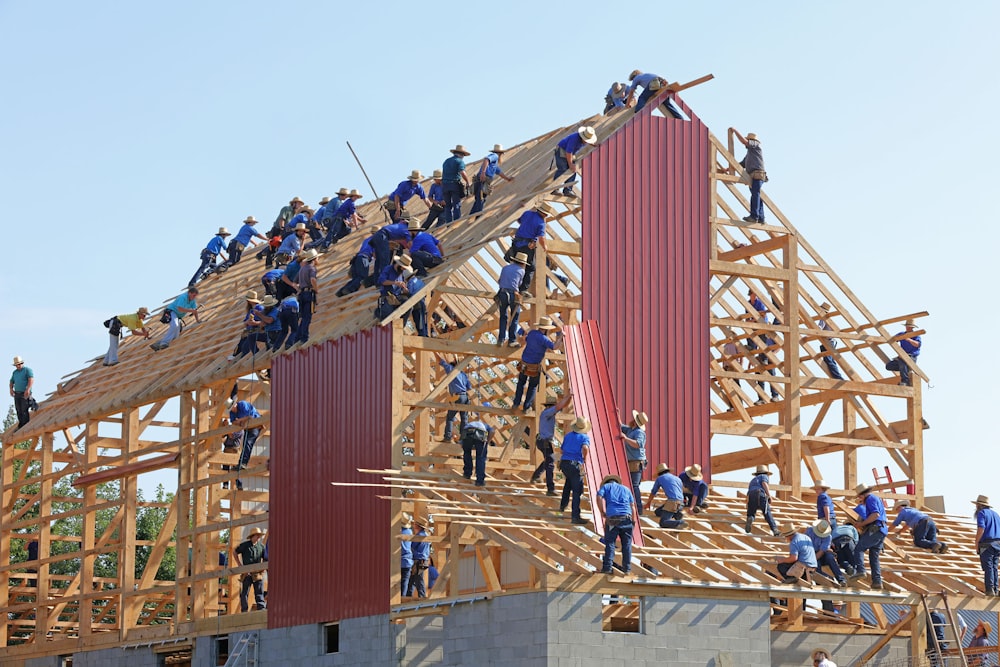
Deciphering Construction Lawsuit Dynamics
Navigating the Legal Landscape
Construction projects are complex endeavors that often involve multiple parties, intricate contracts, and regulatory requirements. Despite meticulous planning and execution, disputes can arise, leading to construction lawsuits. Understanding the dynamics of these lawsuits is essential for all stakeholders involved in construction projects.
Identifying Common Causes of Construction Lawsuits
Construction lawsuits can stem from various issues, including breach of contract, defects in workmanship, delays, cost overruns, and disputes over payment. Poor communication, inadequate documentation, and changes in project scope can exacerbate these issues, leading to conflicts that ultimately end up in court.
Legal Insights into Construction Lawsuit Proceedings
Construction lawsuits typically follow a similar trajectory, starting with the filing of a complaint by the plaintiff, which outlines the basis of the lawsuit and the relief sought. The defendant then responds to the complaint, either admitting or denying the allegations and presenting any counterclaims or affirmative defenses. Discovery follows, during which both parties exchange information and evidence relevant to the case. Depositions, expert witness testimony, and site inspections may also occur during this phase.
Challenges in Construction Lawsuit Resolution
Resolving construction lawsuits can be challenging due to the complexity of construction projects and the multitude of factors that can contribute to disputes. Parties may have differing interpretations of contractual obligations, conflicting evidence, and competing interests, making it difficult to reach a mutually agreeable resolution. Additionally, construction lawsuits can be costly and time-consuming, further complicating the resolution process.
Strategies for Effective Construction Lawsuit Management
Effective management of construction lawsuits requires a proactive approach and strategic planning. Early identification and mitigation of potential disputes can help minimize the likelihood of litigation. Clear and comprehensive contracts, regular communication among project stakeholders, and diligent record-keeping are essential elements of effective construction lawsuit management. Additionally, engaging in alternative dispute resolution methods such as mediation or arbitration can provide a more efficient and cost-effective means of resolving disputes compared to traditional litigation.
Legal Considerations for Construction Professionals
Construction professionals must be aware of their rights and obligations under construction contracts and applicable laws to avoid or mitigate the risk of construction lawsuits. This includes understanding contract provisions related to indemnification, warranties, dispute resolution mechanisms, and applicable statutes of limitations. Seeking legal advice from experienced construction attorneys can help navigate complex legal issues and minimize exposure to potential litigation.
Mitigating Risk and Enhancing Project Success
By understanding the dynamics of construction lawsuits and implementing proactive risk management strategies, construction professionals can mitigate the risk of disputes and litigation, thereby enhancing project success. Clear communication, diligent documentation, adherence to best practices, and timely resolution of issues are key components of effective risk management in construction projects. Ultimately, prioritizing collaboration and conflict resolution can contribute to successful project outcomes and long-term relationships among project stakeholders.
Conclusion (Omit) Read more about construction lawsuit







